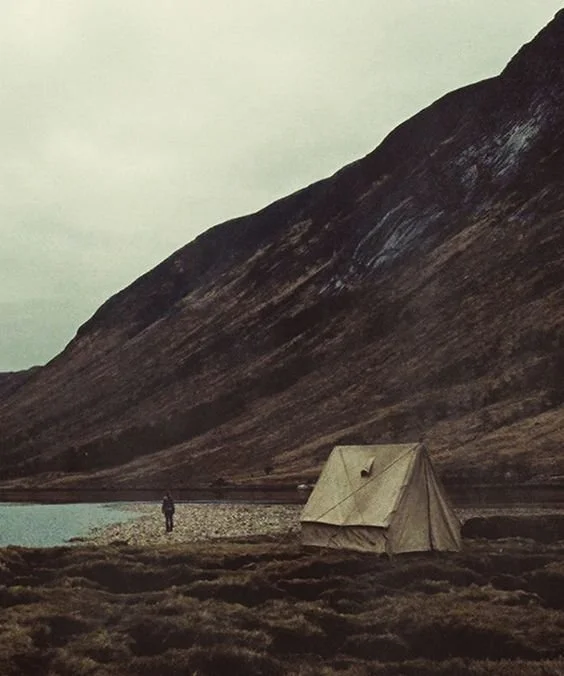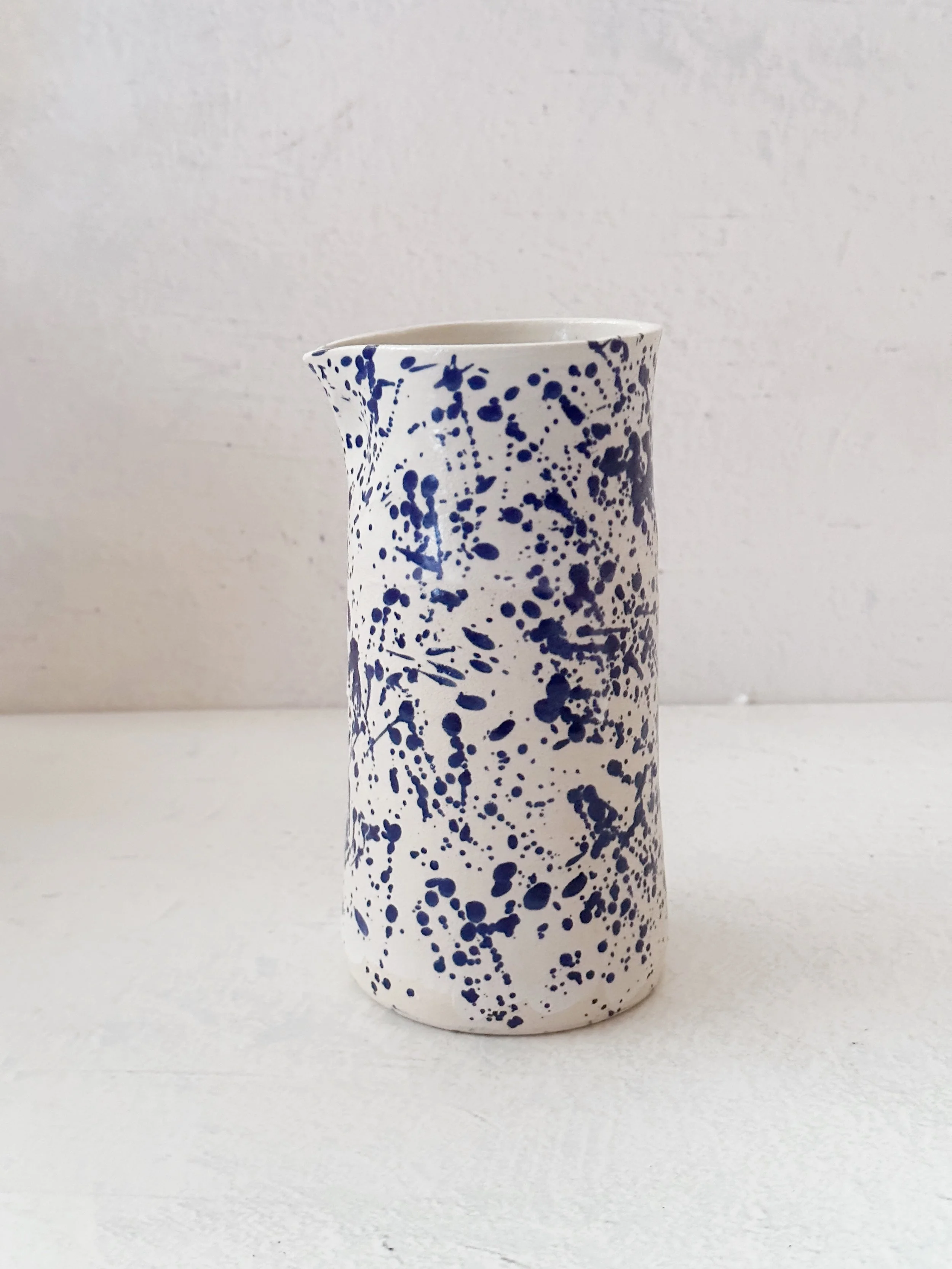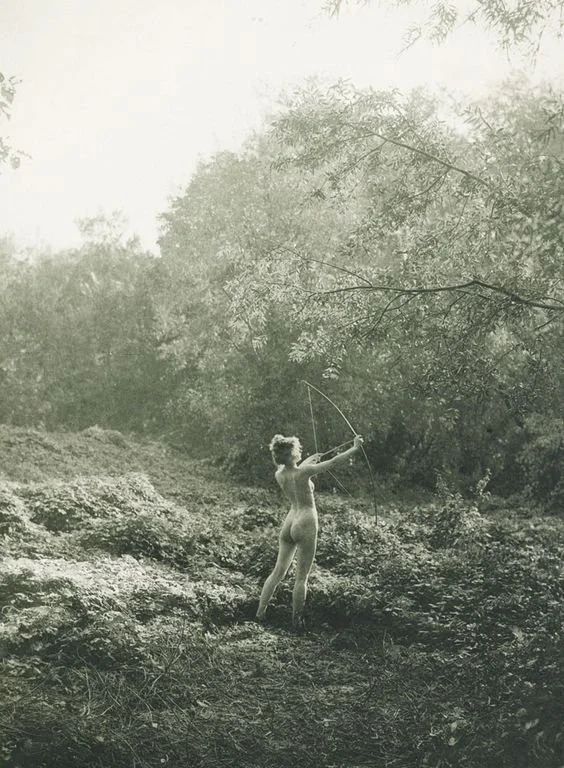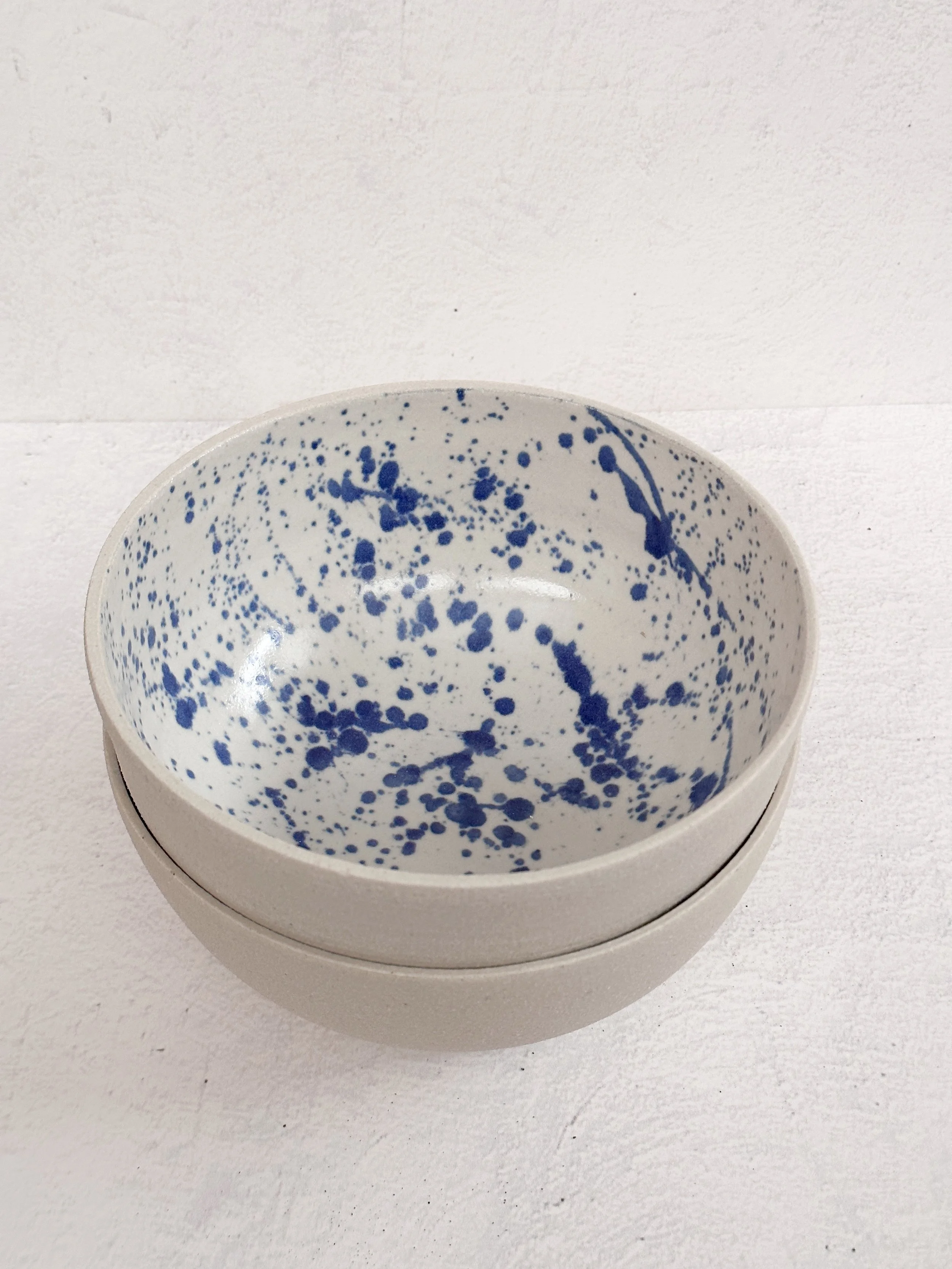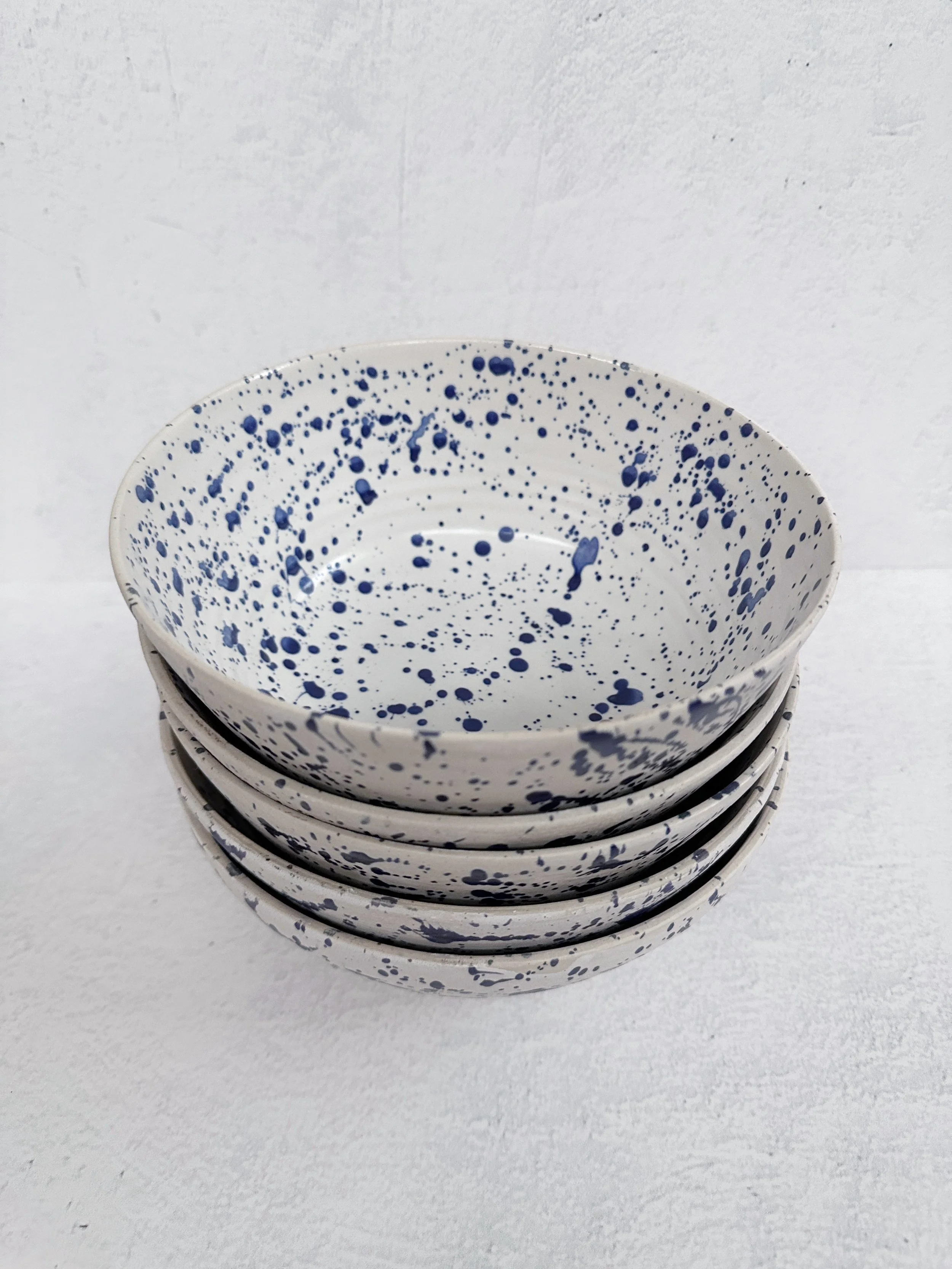Speckleware
Now that I have moved part of the year to vermont, i am embracing all things Camp. I have always loved blue speckleware or graniteware camping plates and coffee makers over open fire. ever wondered the history of these nostalgic ware? read on!
You know, like one of those blue speckled dinner plates or bowls that are stowed away with your camping gear.
It found its way to the U.S. in the mid-1800’s and quickly became the alternative to heavy cast iron cookware, winning medals in the Philadelphia World’s Fair.
On the heels of the Industrial Revolution, a surge of competitive craftsmanship began to change the aesthetics. Enamelware was the first mass-produced American kitchenware. Production began in the 1870s, and continued through the 1930s. Out of this came a huge range of new designs. Folks could choose between the famous speckled design and the mottled look; Graniteware, which had a speckled or mottled effect to resemble the look of granite stone; or traditionally-made enamelware, which offered a solid color finish.
At the time when mottled enamel was a huge success in America, some countries stuck to a simpler look. Classic British enamel was typically white with navy trim, though deeper colors were used. Sweden had a lot of cream with green edging. Other countries had a mixture of plain and speckled, with folk art decoration, like floral motifs.
Attractive and inexpensive, it was sold through Sears & Roebuck and was a favorite among farm and rural families. Enamel coating on the steel made items easy to clean and hard to rust. It had a high tolerance for heat and cold and users were told to grease-up items not used often to avoid rusting.
Some manufacturers would re-dip the items after the original color or design did not ‘take’. These pieces are called ‘end of day’ pieces as it was done to finish off a batch at the end of a work shift in the factory.
